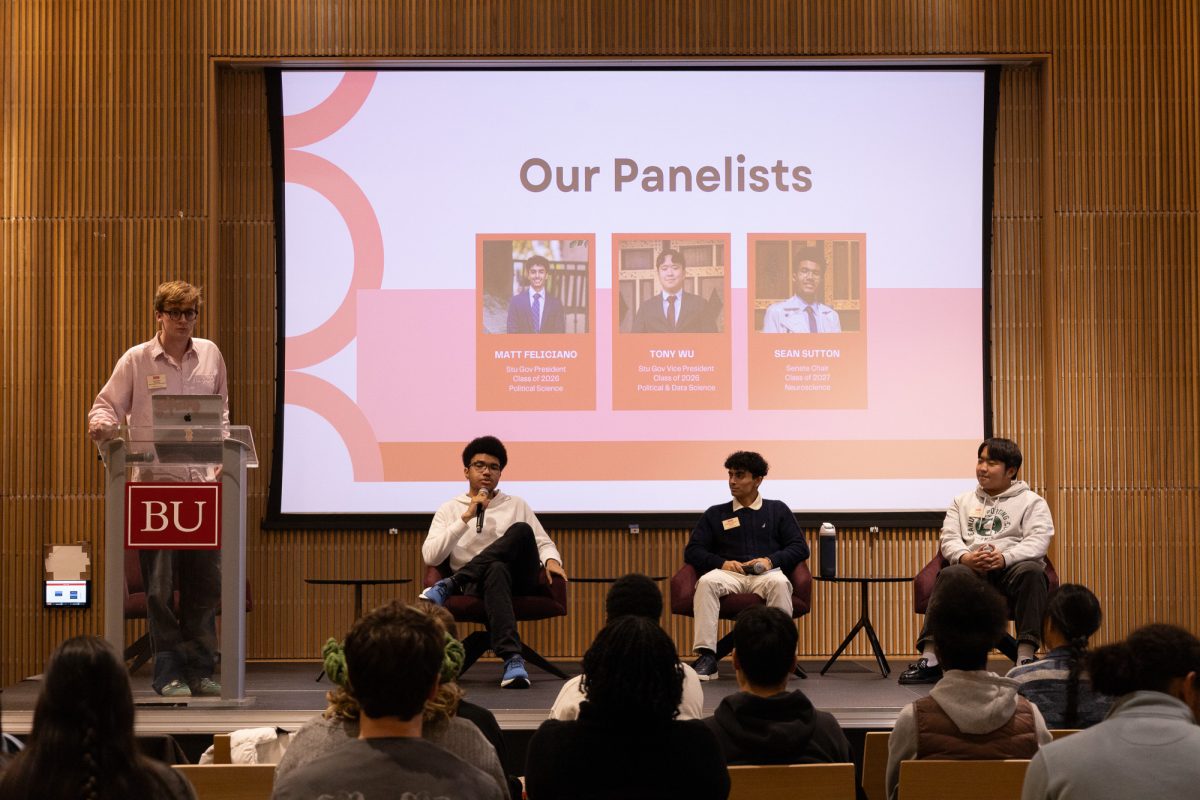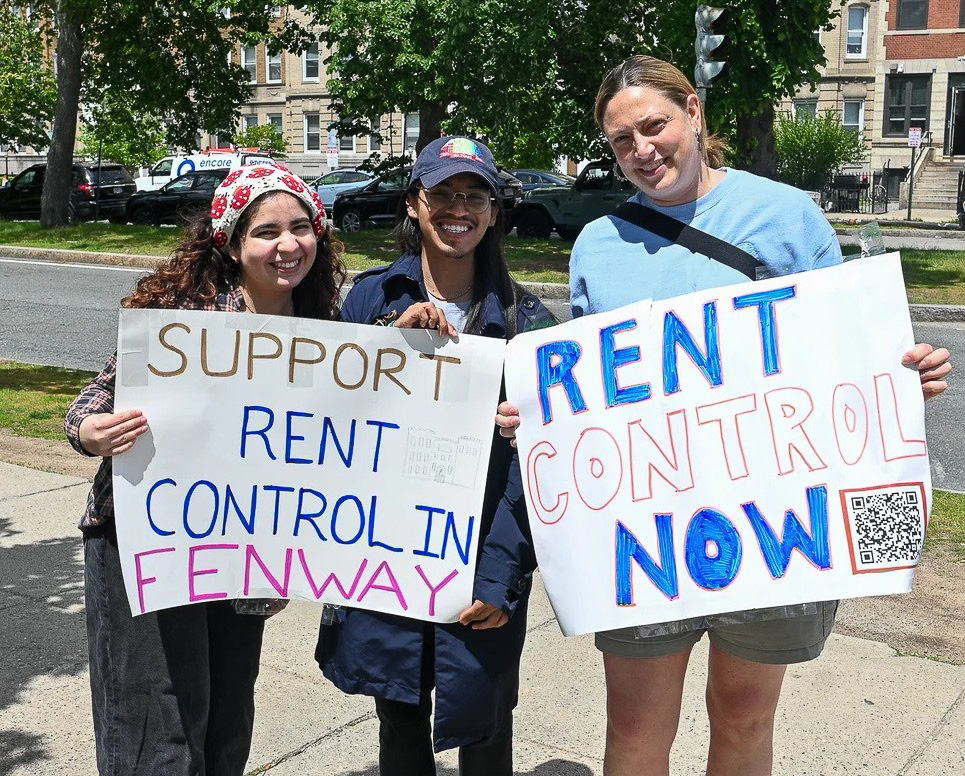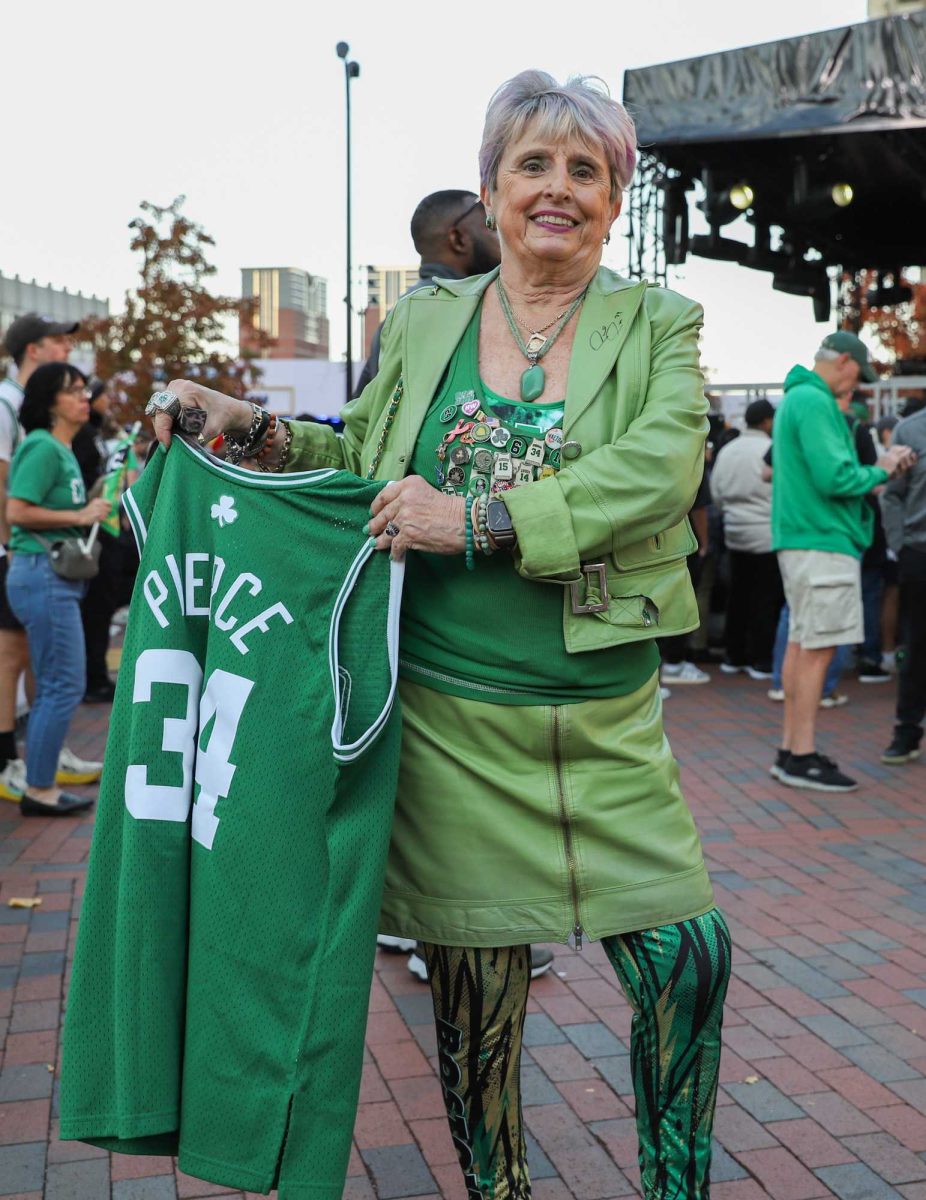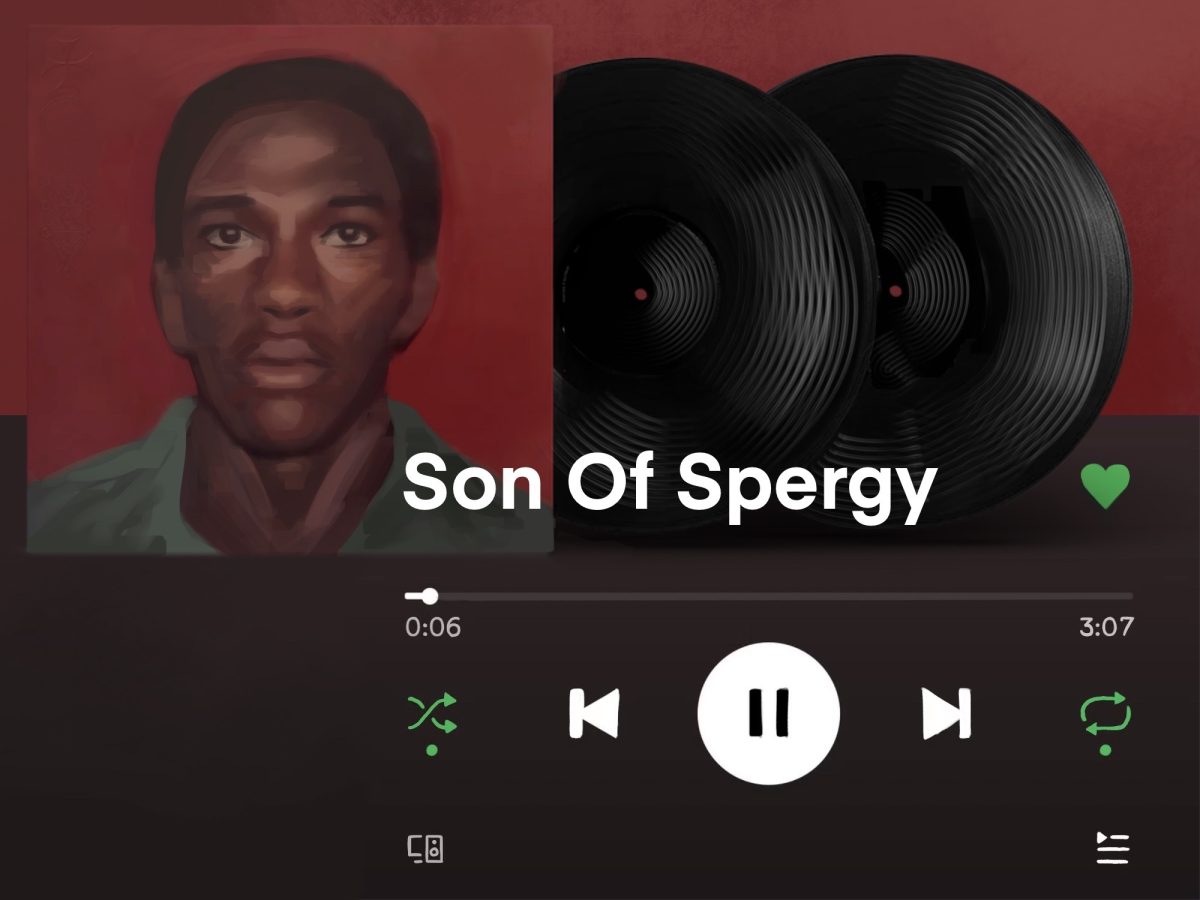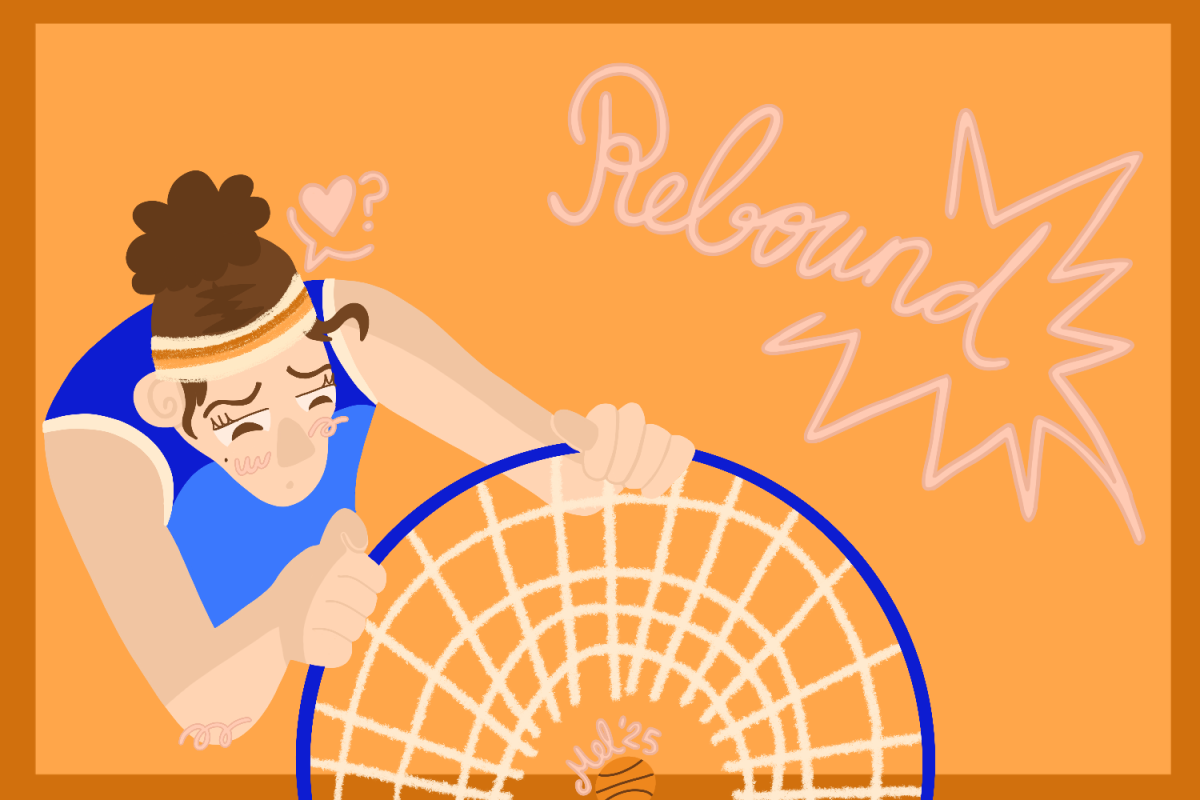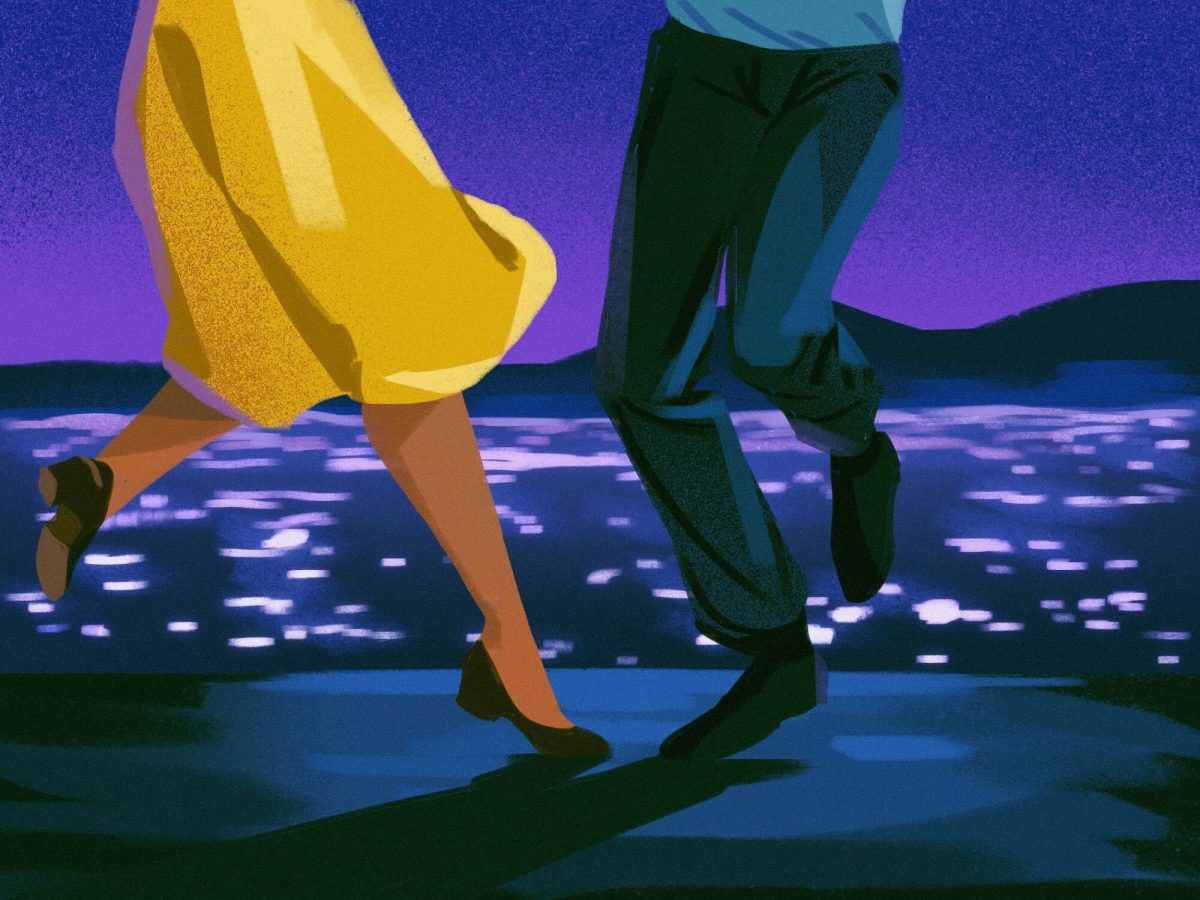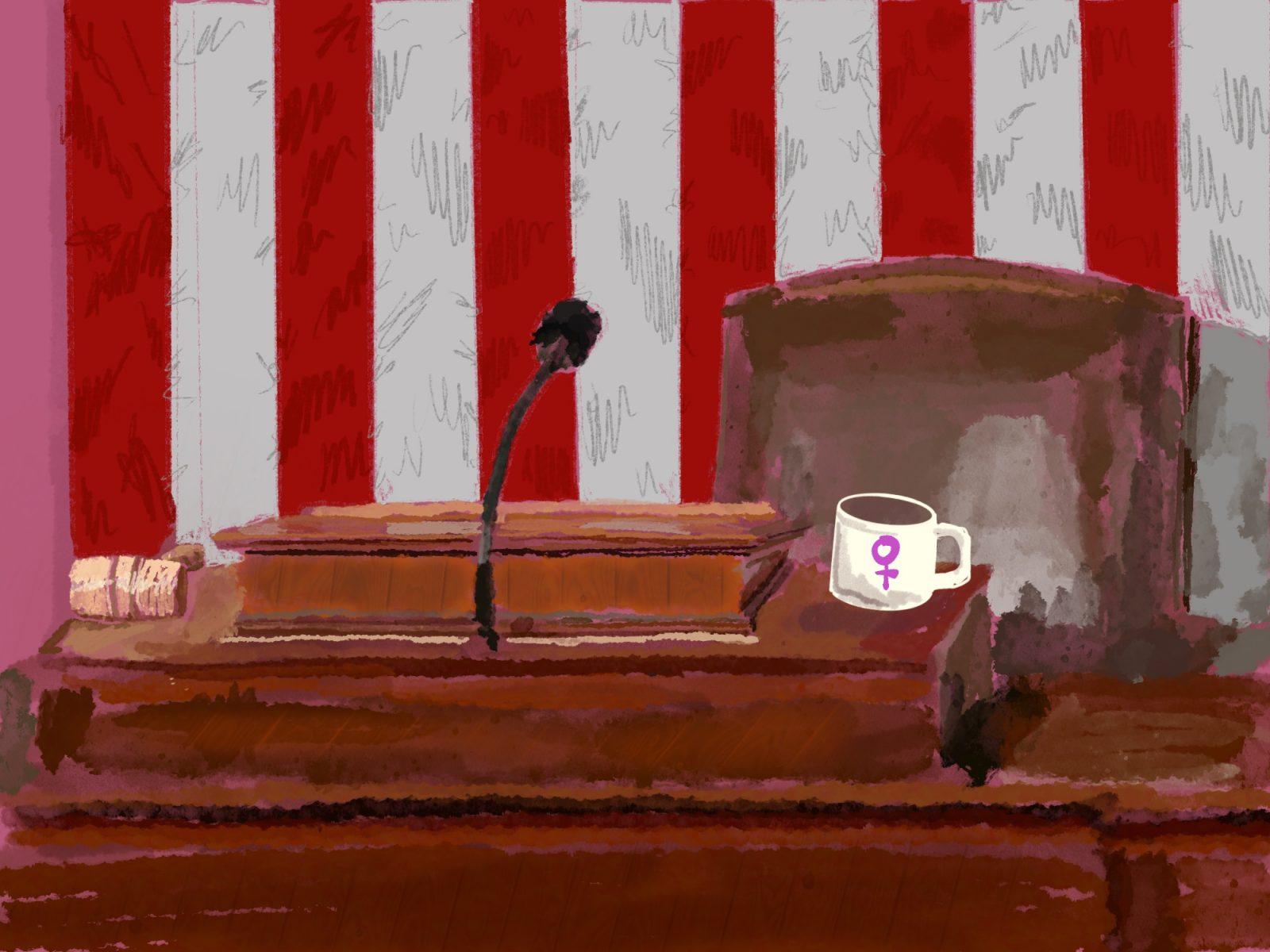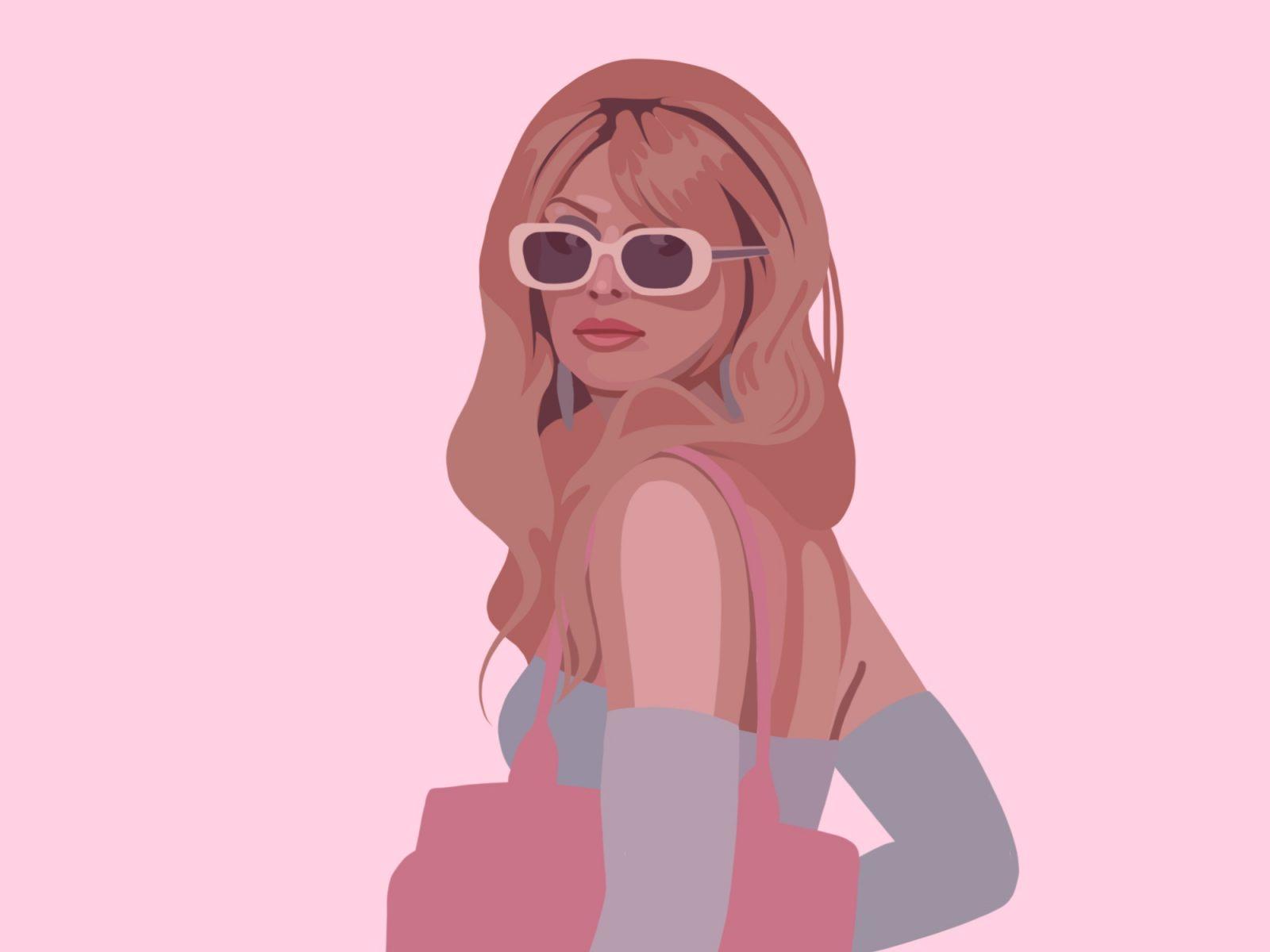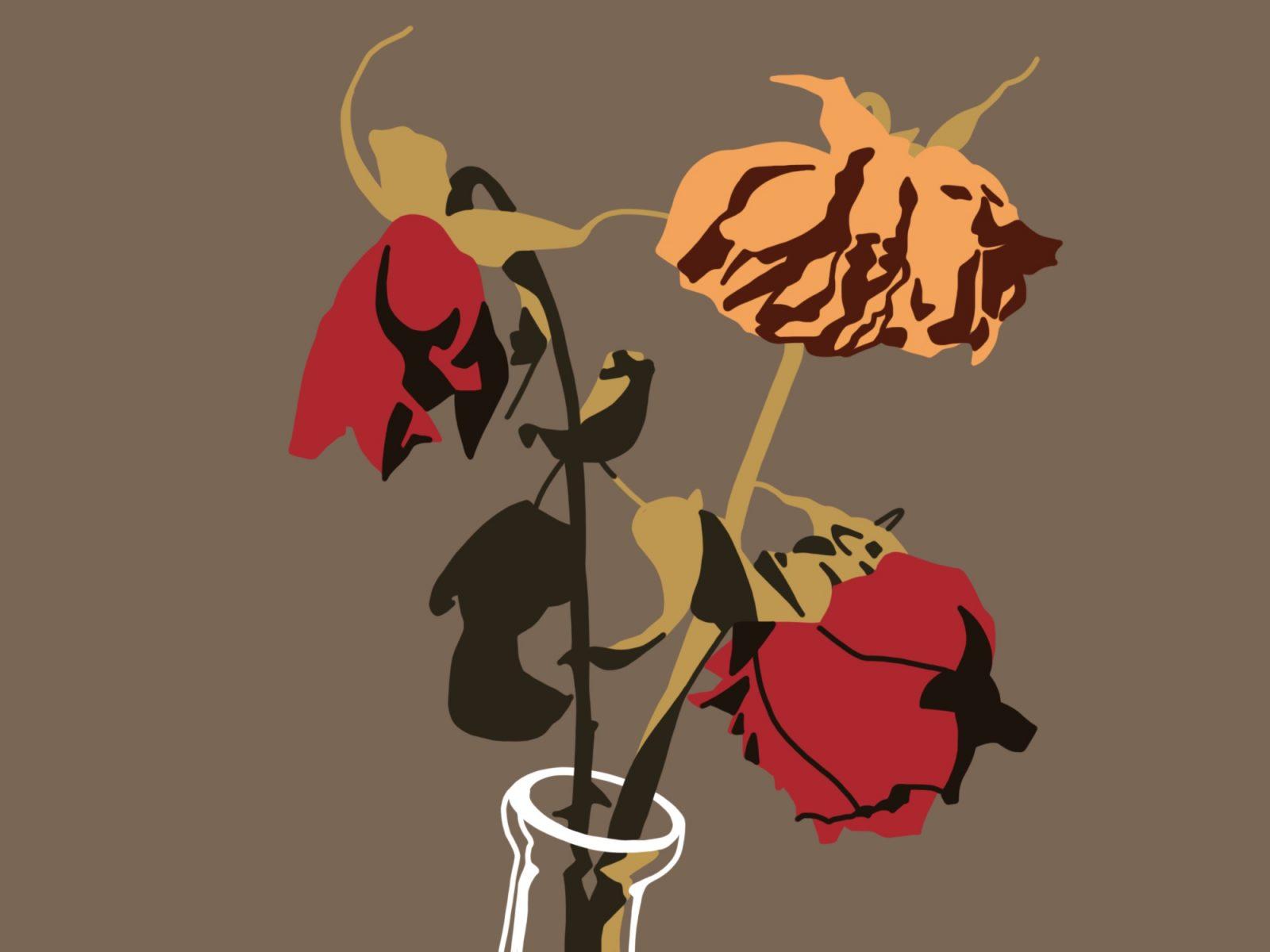The fight for racial inclusivity of ballet dancers is now stretching beyond the dance world to photo icons used religiously among the general public: the emoji.
Misty Copeland, the first African-American principal dancer at American Ballet Theater, shared via Instagram a petition she created to diversify emojis — specifically, the pointe shoe emoji.

Copeland’s #MakeaPointe movement poses an interesting question: If Apple seeks to obtain a diverse emoji spectrum, why is the pointe shoe not included?
To put it bluntly, the culture of ballet is highly antiquated. In this vein, it is important to step back for a moment and understand why the aesthetic of ballet and pointe shoes is the way that it is.
From its very origins in 15th century Italy, ballet was used as court entertainment exclusive to the white European elite — establishing the foundations of performing whiteness.
The 19th-century romantic era of ballet is also a key factor that solidified the desired aesthetics of ballet. It favored fantastical stories of unrequited love, making the females appear unattainable and delicate as seen in ballets such as “Giselle,” “Swan Lake” and “La Sylphide.”
To enhance the idea of a supernatural plot, “ballet blanc” came to fruition, which used the color white to make the stage and the dancers appear ethereal. This included the use of white costumes, backgrounds and lantern lighting. However, this also included the favor of fair skin since a key component to the unworldly look was to appear light and ghostly.
Unfortunately, this desire for white dancers remained prominent throughout the 20th century and has bled some into the 21st century. In a world that is constantly changing in terms of acceptance and equality, ballet culture has remained trapped within the time capsule of its own racist history.
Only until recently has much-needed change occurred, and yet, it’s moving at a glacial pace.
To put this into perspective, the Paris Opera Ballet, notorious for “ballet blanc” and the oldest ballet company in the world, did not promote a black dancer to prima ballerina “etoile” status until March of 2023 — 354 years after its founding in 1669.
Copeland herself was promoted to principal dancer in 2015. ABT was founded in 1939 – meaning it took 76 years to promote only one African-American dancer to the highest tier of the company.
The same slow pace accounts for garments such as tights and pointe shoes, both of which are historically light-colored to accommodate pale dancers. This has forced dancers of color to “pancake” their shoes, which includes having to blend foundation onto pointe shoes to make them match the dancers’ skin tone.
It wasn’t until a few years ago in 2017 that pointe shoe manufacturer Gaynor Minden created shoes with a multitude of flesh tones. From that point onward, more and more brands had begun to accommodate dancers of a range of different skin colors.
Dance companies and brands waking up and beginning to undo the tendencies of history is the biggest indicator of progression. However, what about the perceptions of ballet to the general public? Are they aware of what ballet is starting to become and what it’s working towards?
The fact that the pointe shoe emoji only has the “standard” shade of European pink indicates that this may not be the case — and this is the barrier that Copeland is trying to break through with her petition.
So why should the prospect of a diversified pointe shoe matter to the general public?
It is crucial to understand that the racist history of dance and the racist history of the rest of the world are not two separate entities. In fact, they go hand in hand. Therefore, dance should be accounted for when people measure and celebrate the progress of acceptance and inclusivity worldwide.
Furthermore, there is likely a considerable number of people outside the realm of ballet who have wished to start dance but have been scared off due to the, formerly, unforgiving nature of it. A diversified pointe shoe emoji can serve as a symbol of the progressing accepting culture of ballet and possibly inspire individuals to begin dance and unlock a new passion.
Ballet is a beautiful art form but has been overshadowed by its own selective nature. Copeland’s mission for an inclusive pointe shoe emoji reflects ballet’s escaping from the confines of its own history as it slowly but surely progresses with the rest of the world.
As it intertwines with all other aspects of life, it is important to keep in mind that a win for the dance realm is simultaneously a win for everyone else.
In this vein, keep tabs on ballet culture’s progress. Don’t ignore the dance world even if you don’t consider yourself part of it — because in the grand scheme of things, you are.

